![[Book]Simplicity_1](http://farm6.static.flickr.com/5223/5561728158_f0d82e761d.jpg)
Edward de Bono (born 19 May 1933, in Malta) is a physician, author, inventor, and consultant. He thought that the major problems in thinking are perceptual. There were many mistakes which quickly jump to the wrong conclusion. Therefore, he made a term which is lateral thinking. In addition, he continued to invent many ways of creative thinking. Nowadays, the six thinking hats already is a thinking tool in schools.
From the book “Simplicity”, he shows different kinds of thinking ways about simplicity. For instance, he uses another way of thinking to express how make things simple and practical.
If you have to learn a sequence of ABCD you would usually learn A first and then B and then C and then D. This means that you are always moving from an area you know very well to an area you do not know. The chances of making a diversion or a mistake are very high. Much learning time is spent unlearning mistakes.Furthermore, he points out the major use for thinking. It shows the purpose of simplicity.
When you learn backwards, you learn D first and then C and then B and finally A. In this way you are always moving forward into an area you already know.
The major use for thinking is not in problem solving but in improving what we are doing and finding new things to do.In order to convey the simplicity, he also invented a simple game which called the L Game.
It is a social justice game because you cannot win by winning.In addition, there are 14 formal methods of lateral thinking introduced in this book. In my opinion, every method is very useful for understanding the simplicity. “Historical Review” let the user to think about the necessity of object at the beginning of process. “Modules and Smaller Units” presents the organization are built by small units. It could be simpler for repair. In other way, the thing is more complicated than before.
If you try too hard to win you lose.
Finally, he talked about the simple life. Everyone should understand the values, priorities and considerations to control the complicity in our life. In last chapter, he gives the ten rules of simplicity to remind the readers.
Further information:
Edward de Bono - discusses his Simplicity workshop
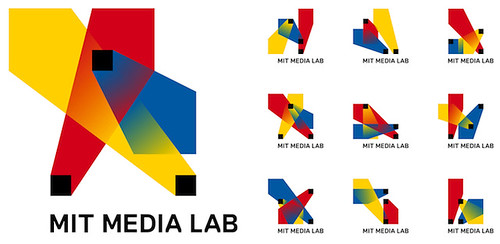
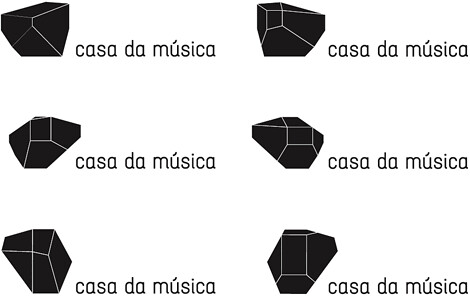
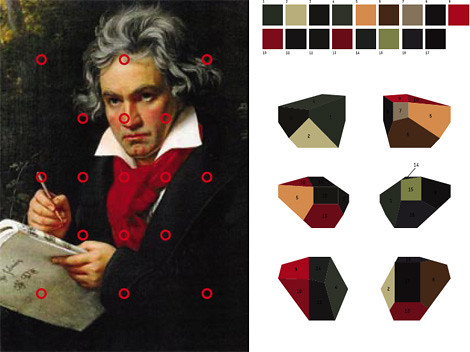
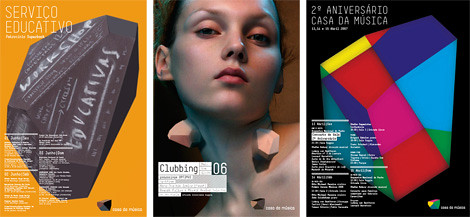
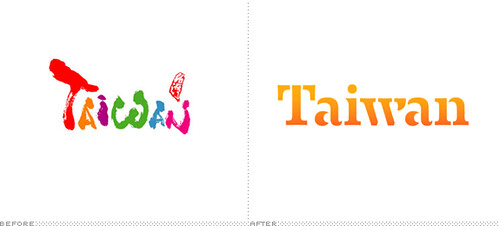
![[Book] The Laws of Simplicity_1](http://farm6.static.flickr.com/5251/5496954047_b583cc2a1a.jpg)